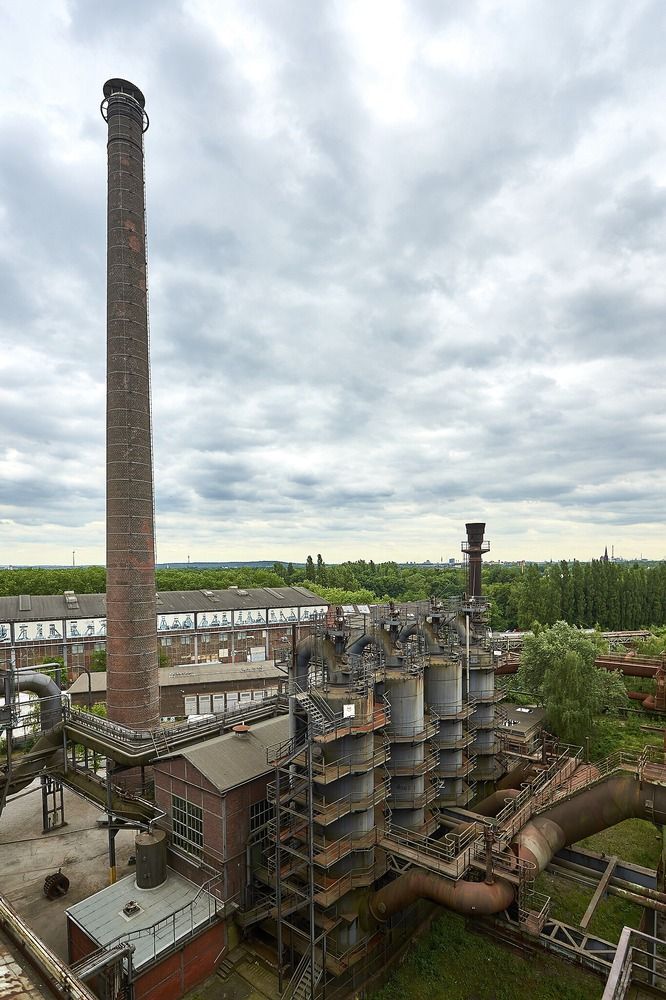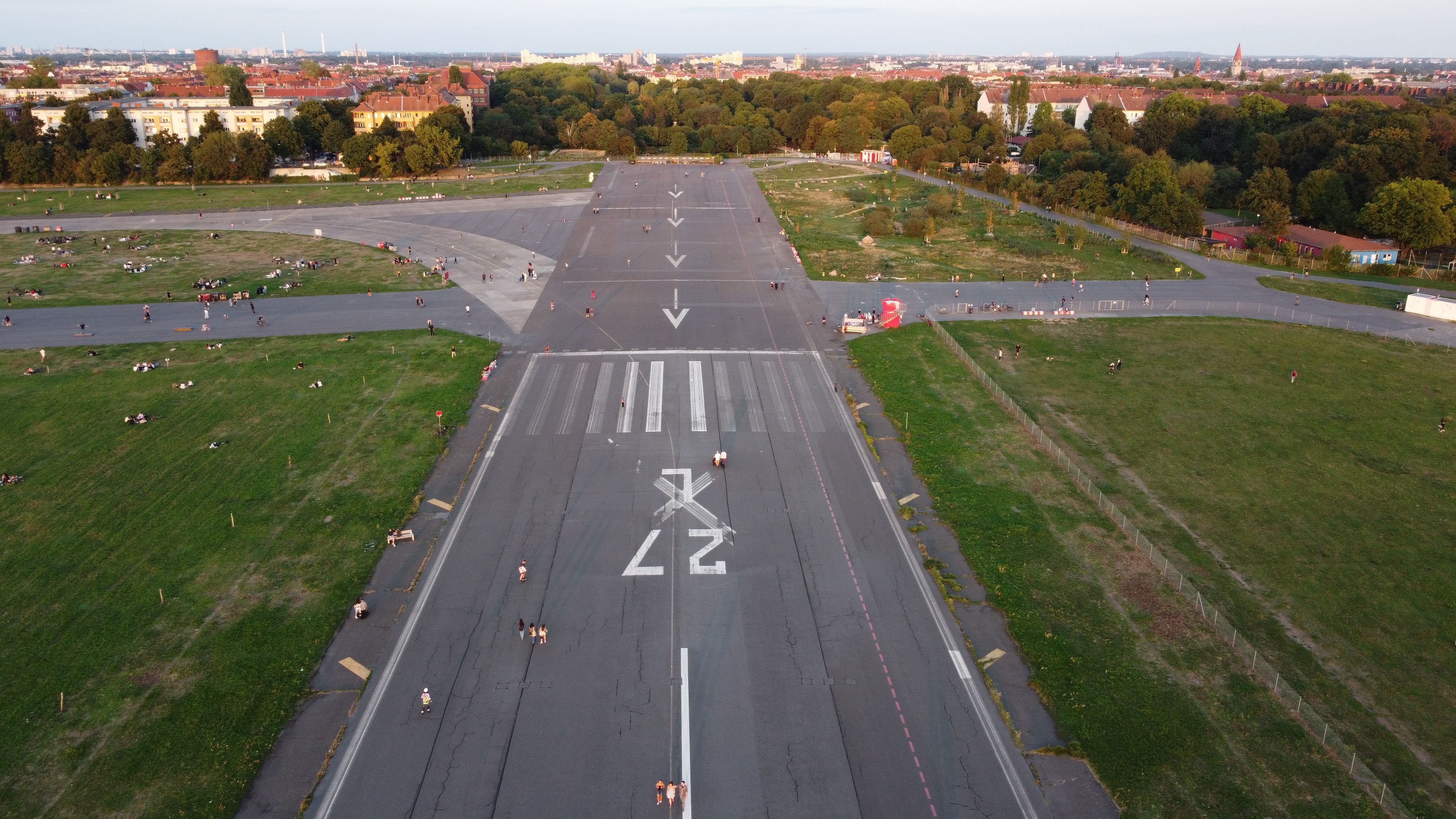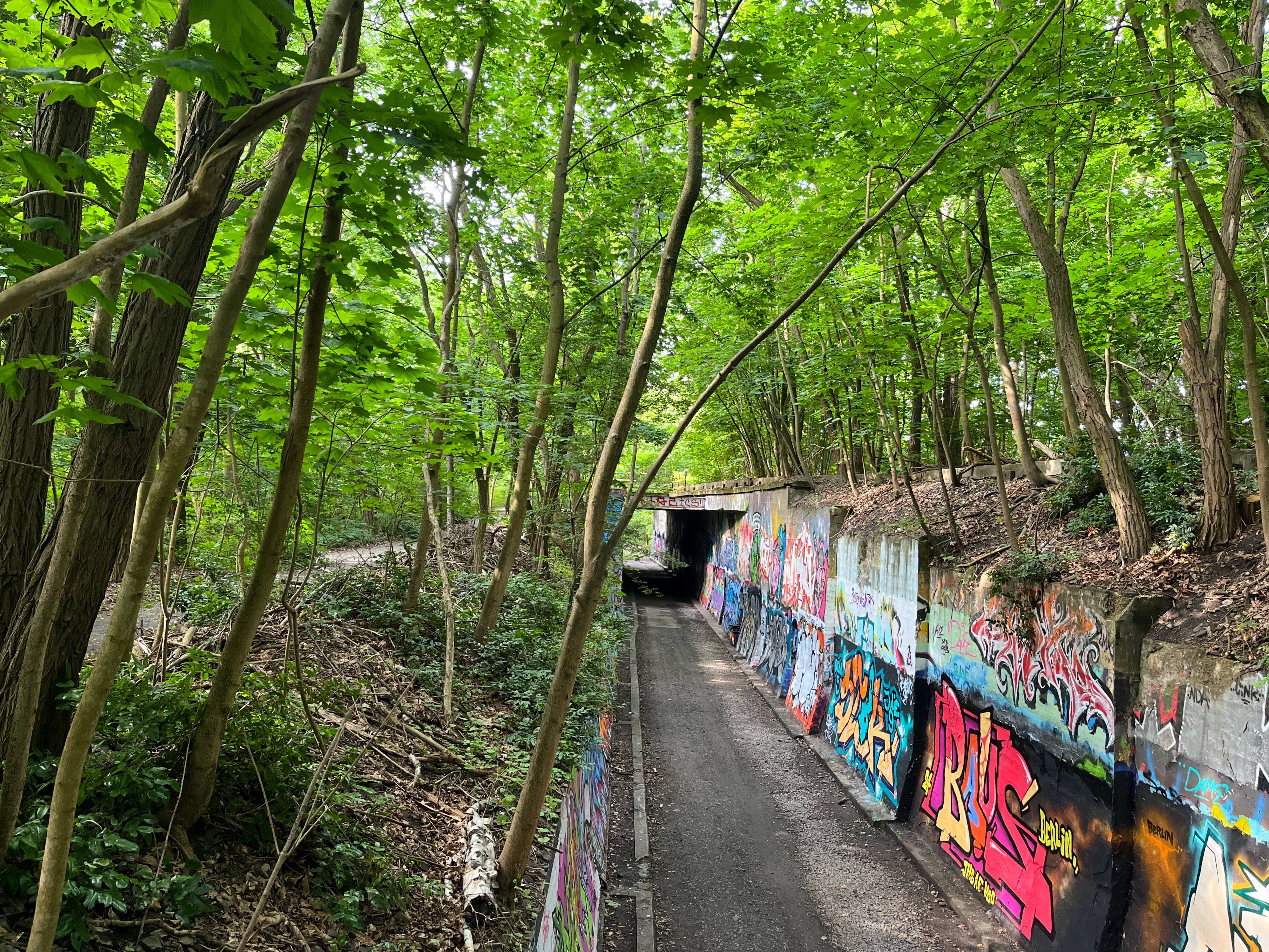Urban to Rural Corridors
Green spaces have worked in tandem with, and as a barrier to, urban development. Many greenswards and greenbelts were laid out by planning authorities as urban growth boundaries, starting in the late 19th century. The idealised notion of green that animated the idea of greenbelts also facilitated the development of lawn-based low-density suburbs. At the start, suburban developments were, like parks, seen as a healthful way to bring nature into the lives of those living in cities, but the rapacious suburban development that began after the Second World War has isolated cities from areas of primary vegetation and locked inner neighbourhoods into a paved ring that, in large cities, is often 40 to 50 kilometres wide. While green amenities initially made suburban living more attractive to cramped-up apartment dwellers, they also contributed to the outward expansion of cities into surrounding rural areas. Today, developed countries face a real threat from uncontrolled sprawl, not just because they disconnect cities, and their residents, from the countryside, but also because of the rate at which sprawl gobbles up grasslands, wetlands, and pastures.
While green amenities initially made suburban living more attractive to cramped-up apartment dwellers, they also contributed to the outward expansion of cities into surrounding rural areas.
Developing intertwined urban and rural landscapes will be crucial to mitigating climate change, ensuring adequate food supply with minimal shipping time, and providing for recreation for city-dwellers, now the majority of the earth’s residents and growing still. Cities also need to be permeable for flora and fauna, especially migrating species like birds and insects. With this in mind, many have advocated for greenspace networks that wrap around, and wind through urban areas. Imagining these networks as ‘infrastructure’ has helped hasten their construction and has given their proponents an advocacy tool. As the theorist Lauren Berlant said of infrastructure, it is “another way of talking about mediation—but always as a material process of binding, never merely as a material technology…or norm that achieves something.” Wildlife corridors help to reconnect human settlement with landscapes imagined as ‘natural’, or as less interfered with by human hands. This process also helps to make areas where people live more resilient, protecting them from the urban heat island effect, from flooding, and from soil erosion.
One thing that urban to rural corridors are explicitly not is suburbs. Housing developments in suburban areas are sometimes named with a suffixes that imply a high degree of greenness, such as -gardens, -park, or -estate; but in reality auto-dependant suburbs often fail to provide for a diversity of plants and animals and their heavily-managed landscapes are often dependent on chemical sprays, fertiliser, and constant mowing. In order for urban-to-rural, or urban-to-wild, corridors to be successful they need to dispense with some of the thinking that brought about suburbs and start to imagine a new kind of ‘green’ that goes beyond the chlorophyl colour and starts to take into account the ways plants and people interact.
In reality, auto-dependant suburbs often fail to provide for a diversity of plants and animals.
The concept of a detached home with a small front lawn originated in the U.K. with the Garden City, begun by the urban planner Ebenezer Howard, who envisioned self-contained communities surrounded by greenbelts, combining the benefits of town and countryside. Freestanding houses nestled into lawns and manicured hedges could be accessed by two transport technologies that were relatively new in the early 1900s: the streetcar and bicycle. These modes of transport allowed homes to sprawl out further, and reoriented housing towards to include a front, and often rear, lawn or garden. While the wide mansion front had been a sign of distinction in past eras, new houses turned away from the street. Garden Cities used generous green spaces, parks, and natural landscapes as key selling points to attract middle-class homebuyers seeking a more tranquil and healthier environment away from congested urban centres, but still with access to big city jobs and amenities.
Howard’s vision of dispersed, rationally planned estates was, at the outset, a rejection of capitalist housing provision and an endorsement of cooperatively managed communities, very much in keeping with the utopian socialism of the late-19th century. The economist Henry George, who advocated for a progressive land tax, and the futurist novelist Edward Bellamy both influence Howard’s planning philosophy. Howard’s treatise on Garden Cities, first published as To-Morrow: A Peaceful Path to Real Reform (published in 1898), echoes Looking Backward: 2000–1887, in which a Rip-Van-Winkle-like character falls asleep in 1888 and awakes in the U.S. of the year 2000, which has been transformed into a socialist utopia. However, the utopia promised by garden cities failed to take root, in part because the streetcar and the bicycle were quickly replaced by cars. As early as the 1930s, planners saw that suburbs with low densities and high automobile use might be a problem. Not just because of the environmental degradation of cheaply built homes with septic tanks (that reckoning would come later with environmentalism of the Silent Spring generation in the early 1960s), but because of what automobility did to the rest of the city. Motorists sped through city streets, turning them into death traps for pedestrians. The speed demon became a common trope in literature of the period, including Sinclair Lewis’s Babbitt and F. Scott Fitzgerald’s The Great Gatsby, in which a crash between the estates of East Egg, Long Island and the working-class tenements of Queens plays a major plot role.
Rather than try to balance the needs of the (at the time) small number of car owners with the many—public transport users and pedestrians—U.S. cities radically replanned their streets around the needs of motorists.
Automobile traffic and the deaths of children playing the street were major issues in the Inter War period in the United States. Rather than try to balance the needs of the (at the time) small number of car owners with the many—public transport users and pedestrians—U.S. cities radically replanned their streets around the needs of motorists. This only accelerated in the Post-War Era when car ownership became the norm, and large swathes of cities were levelled to build highway interchanges and to provide surface parking to suburban commuters. While sprawl-related problems might be a North American trope, they have, over the course of the last five decades, become global issues as countries around the world embrace the U.S.-style automobility. Ironically, private vehicles (tellingly called “leisure cars” at their outset) have been positioned as the best way to explore nature. Generations of city dwellers have been implored to grab their keys to “go for a ride in country”, where they can feel the sun and wind on their face (but can be spared from the rain or the hassle of walking. Indeed, many car companies used Native American names and the names of swift-footed animals to establish a connection between automobiles and Indigenous cultures and landscapes. However, as discussed earlier, the cars themselves have helped to close in on the hunting grounds of big cats, starving them and, often, turning them into roadkill.
As the countryside was crisscrossed by fast-moving roads, it became harder and harder to explore it without a car. Reflecting on the meandering walks he took through Britain in the 1930s, Laurie Lee lamented that a “shaggy” landscape that (just twenty years before) looked as “though it had just been cropped by mammoths” has since been “bulldozed for speed.” The automobile “cut the landscape to pieces, through which the hunched-up traveller races at gutter height, seeing less than a dog in a ditch.” A major theme of the hippie and back-to-the-land movements of the 1960s and 1970s was the sullying of the landscape by cars. As Joni Mitchell sang in “Big Yellow Taxi”, “they paved paradise and put up a parking lot”. Cars, meant to unlock nature for the masses, ended up despoiling it.
Cars, meant to unlock nature for the masses, ended up despoiling it.
The U.K. was one of the first places to confront the violence of road and home building in rural areas and sought to curb the expansion of its capital city with the London Metropolitan Green Belt, which was formalised in the 1930s through a series of planning acts and policies aimed at restricting outward growth. Green belt areas were typically held in public ownership or had strict development restrictions placed on them. During the same period, groups like the Ramblers sought to assert their right to the countryside, staging mass walks of mostly urban youth to protest the enclosure of hiking grounds by private landowners. A key accomplishment of the movement was the establishment of a system of national trails. Following this example, cities around the world established accessible parklands, both as an anti-sprawl initiative and as an extension of the leisure areas provided by smaller urban parks. Linear parks that wrapped cities were developed in Ottawa, Canada and Sydney, Australia in the mid-20th century. They provide places for citizens to commune with the environment and wildlife corridors. They have proven less effective at curbing sprawl and, in many cases, have been eaten away at by other uses. Atlanta, Georgia’s proposal to create a police training centre in the outer suburban South River Forest, dubbed ‘cop city’ by opponents, is just the most recent example of a highly politicised green belt incursion.








